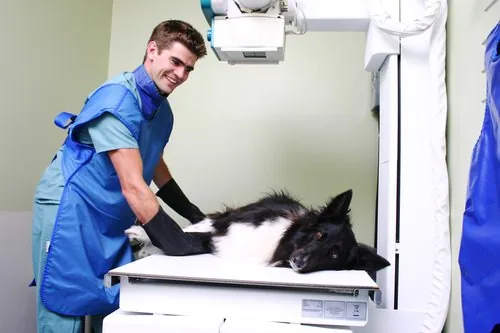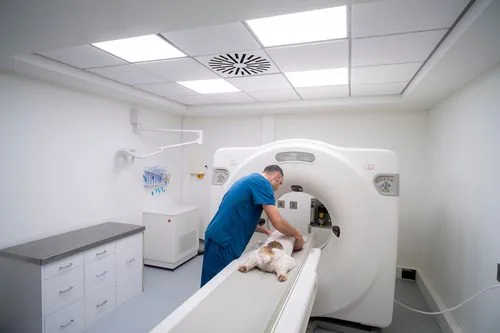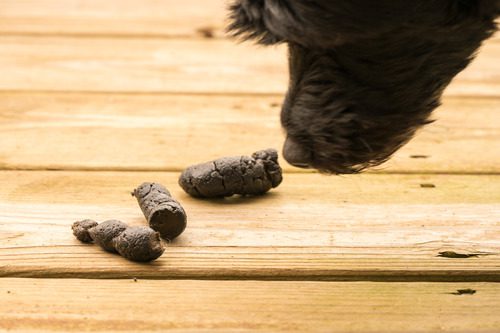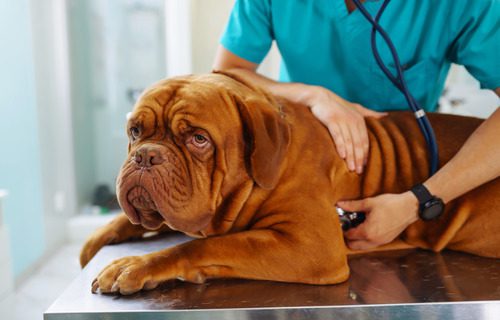How to Clean and Treat a Cat Wound
A cat wound is any injury causing damage to a cat’s skin and/or the tissues underneath it. A wound can be open (like a cut) or closed (like a bruise).
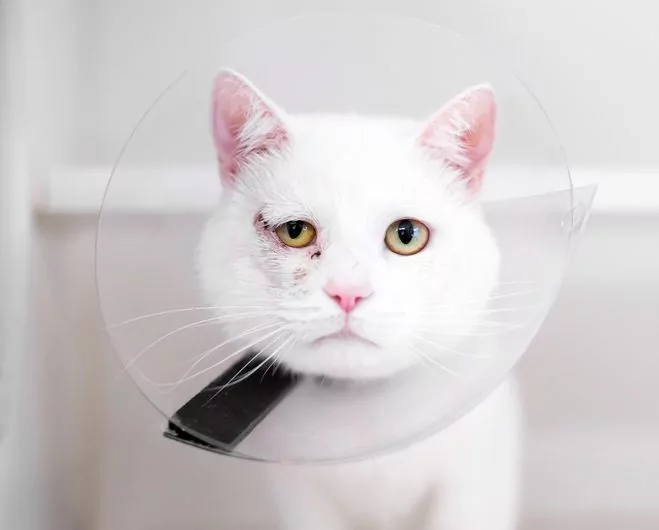
Find out how to clean and treat a cat wound by reading our Pewaukee, WI, animal hospital‘s article below.
What to Do Right Away
If your cat’s wound is open and actively bleeding, the initial treatment should involve stopping the blood. This can be done by applying direct pressure to it with a dressing (such as gauze, large bandage, or clean and dry cloth). This will prevent contamination of the injury as you make your way to the vet. And if possible, it will only help if you can raise the inflicted area of the body above the cat’s heart.
Unless advised by your vet, you should avoid applying ointments, creams, disinfectants, or any other chemicals onto the wound because they can stall or otherwise interfere with the healing process.
After the Vet
Typically, and depending on severity, you will need to clean the wound with a mild antiseptic and warm water between two to three times a day. In doing so, you want to remove all crusted discharge and keep the edges of the would clean. Again, unless specifically instructed by a vet to do so, you shouldn’t use soaps, shampoos, tea tree oil, herbal remedies, rubbing alcohol, hydrogen peroxide, or other product to clean the wound.
You may also need to keep your cat’s wound bandaged in order to prevent infection and your cat from licking it. If there is a lot of discharge coming out from the wound, dressings will need to be removed and replaced (in a manner as demonstrated by your veterinarian) daily. However, if the wound cannot be bandaged, your cat may require a protective collar (like an Elizabethan collar) to prevent it from licking it, as licking will only make the injury worse.
During the cleaning process, you may also be instructed to gently massage the surrounding skin in order to open it and promote drainage. Then, as you observe the drainage come out, you should also decipher whether it is thick or colored (which indicate it is infected) or clear and thin. Regardless, both types should be allowed drain. But if it continues to be bloody or turns green or yellow for several days, you should consult your vet.
When it comes to medication, a round of antibiotics (with specific instructions on how to taper them) will likely be prescribed if there is an infection or fear of one developing. And if you notice that your cat seems to be in discomfort as the wound heals, your vet can also prescribe pain medications to help during the process. Again, please refrain from using topical treatments of any kind (unless you are doing so under advisement from a vet to do so) because they often contain chemicals that will hinder its healing.
Other Considerations
Keep in mind that some wounds need to remain open to heal, especially if they are on the face or high up on the leg. Moreover, wounds that have been open for more than a few hours should generally not be closed without surgical removal of all of the contaminated or dead tissue. That process may cause more damage than just leaving open to ensure drainage.
Sometimes when a wound is left open for a long period of time, a drain will be placed and aid it to heal without surgical intervention. If your cat is ever in that position, you will probably need to engage in a combination of repeated flushing, bandaging, and administering antibiotics.
Our Pewaukee, WI, Vets Are Here to Help with Your Cat’s Wound
It is within your best interest to get your cat to a vet as soon as possible after you notice that they have an open wound (especially if it is profusely bleeding). But there are certain things you can do, like applying pressure with absorbent and clean dressings and keeping the affected area above the cat’s heart (if possible), that will help the situation going forward. Furthermore, you should anticipate a rigorous routine of caring and cleaning the wound as it heals.
If your cat has a wound that needs to be tended to, please reach out to our Pewaukee, WI, veterinarians right away by calling our animal hospital at (262) 347-0787.
Share This Post
Recent Posts
Can an X-Ray Show a Torn ACL in a Dog?
When your dog starts limping or refusing to put weight on a back leg, it’s hard not…
Dog CT Scan Cost
When your dog needs advanced diagnostic testing, it’s natural to want clear information—especially when it comes to…
Short White Worms in Dog Poop
Finding short white worms in dog poop can be an unsettling experience for any pet owner. It’s…
Dog Throwing Up White Foam: What to Do
When your dog starts throwing up white foam, it’s natural to feel alarmed and uncertain about what…
Dog Ear Scratching: What to Do if Your Dog Keeps Scratching Its Ears
If you’ve noticed your dog scratching their ears more than usual, it’s time to pay attention. Occasional…
Recent Posts
Since 1977, Pewaukee Veterinary Services has provided progressive veterinary medicine to pets of Pewaukee and the greater Milwaukee area. We put a strong emphasis on preventive medicine and alternative therapies aimed at keeping companion animals healthy and happy. Yet, if your pet is ill, there’s no better place to entrust their care. Our animal hospital in Pewaukee not only has the most advanced veterinary equipment in the area, but also the skilled veterinarians and staff to use it.

